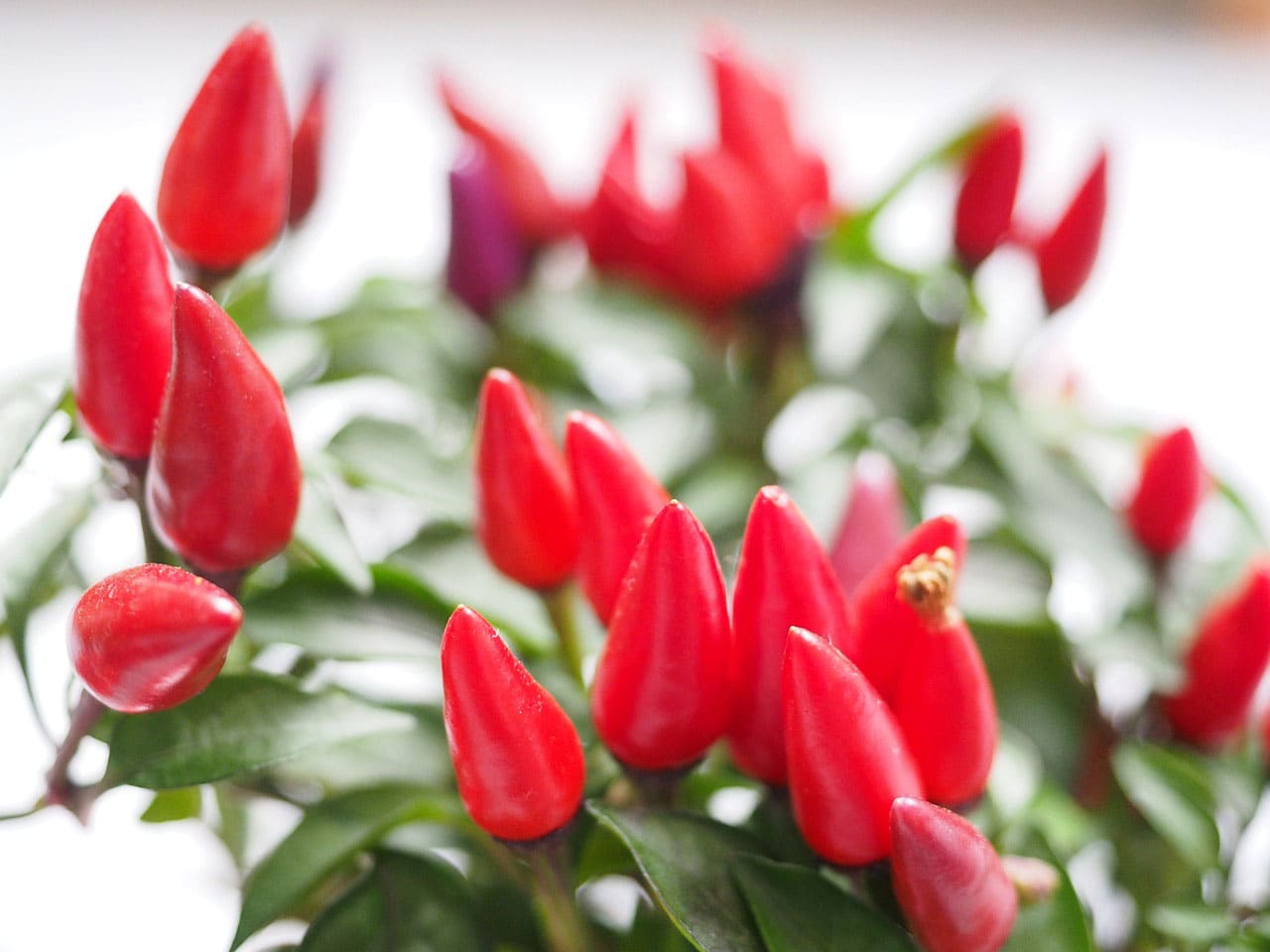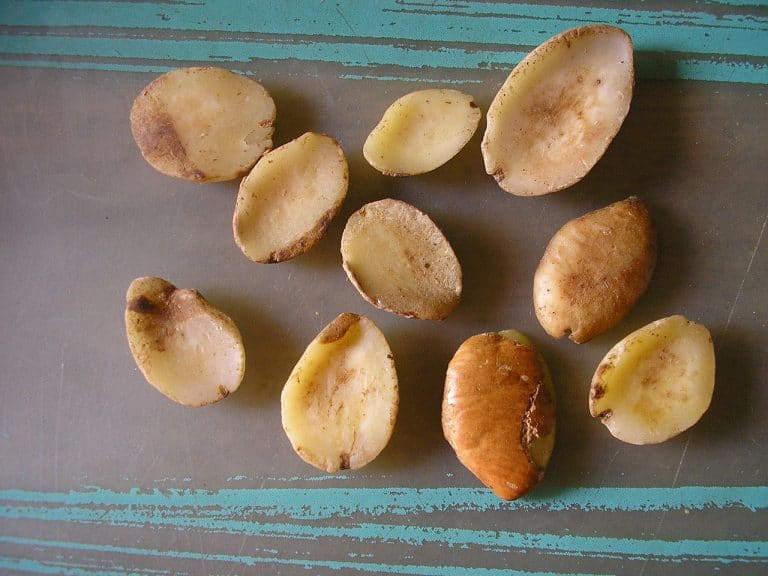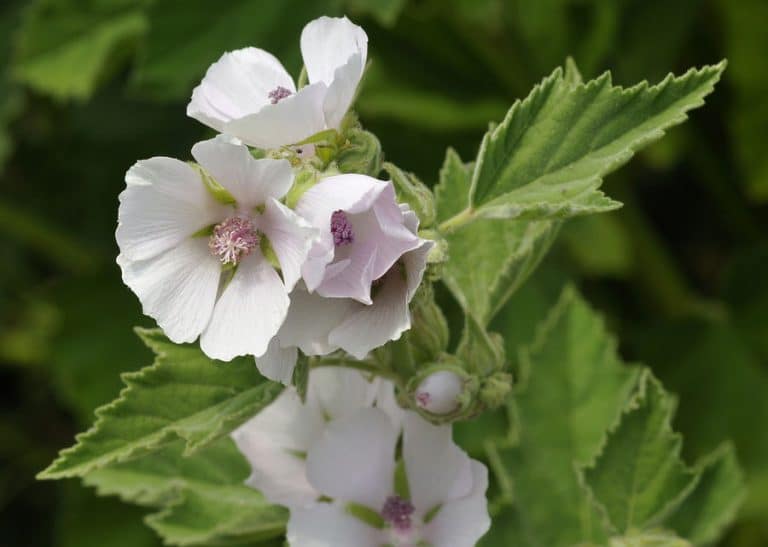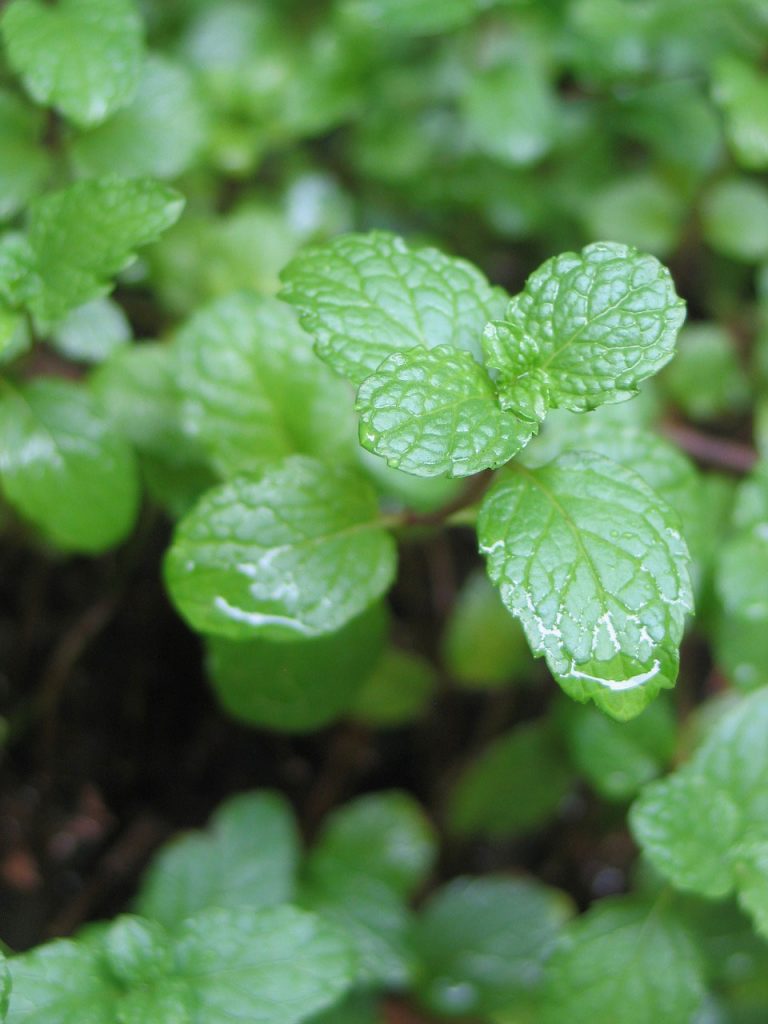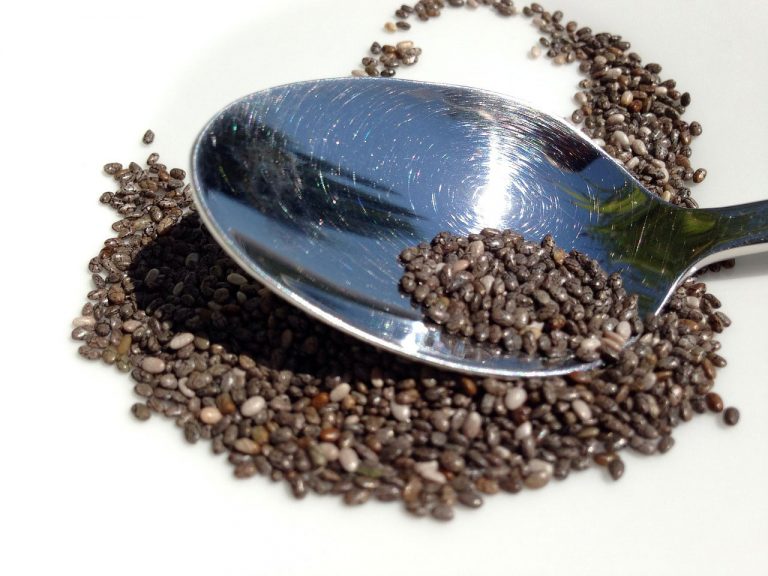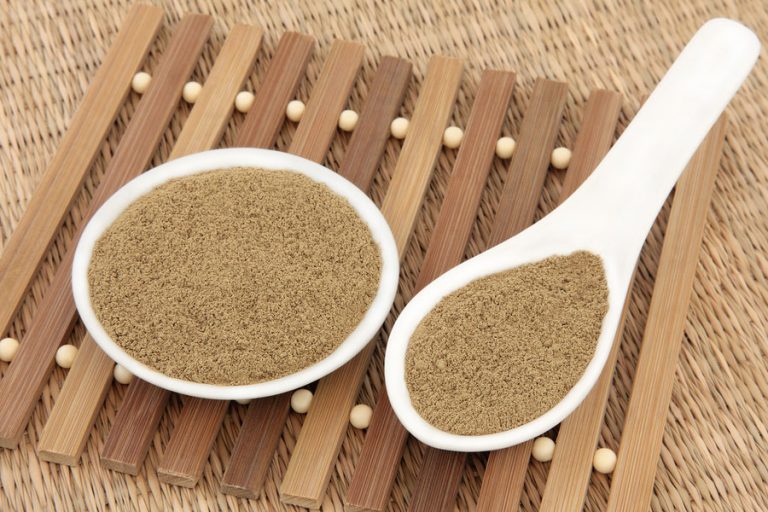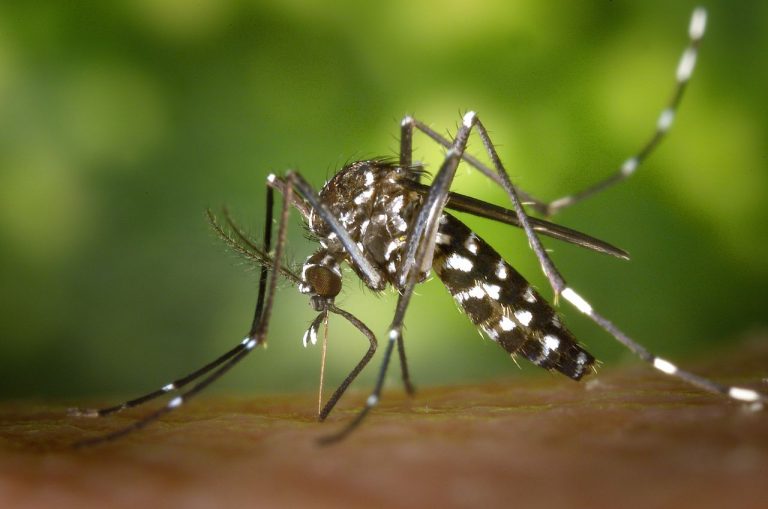Cayenne
In Central and South America, we can see a special species of capsicum called Capsicum Annuum which is native to these regions. It is from the nightshade family. There are five domesticated species of capsicum and the most common among them is the Capsicum Annuum. They are very widely cultivated for culinary use. All five species have different shapes and sizes. They vary from mild to hot. There are bell pepper and chili pepper in that range. We cannot see much of the American bird peppers being cultivated, but still, we can see them in certain warm regions of America. The woody form of this species is called the Capsicum Frutescens.
History
The Cayenne Capsicum Annuum is scientifically known as the cayenne. It has a very attractive color, which makes it showy in the garden. Its spicy fruit is very much loved by the chefs for cooking a variety of dishes. Even though the fruit belongs to south and central Americas, it is famous worldwide. Capsicum Annuum is easy to cultivate, it has a very good taste and it is very attractive; all of which makes the fruit famous among users worldwide. There are nearly 200 species of Capsicum Annuum. The most common among them are Chili pepper, Bell pepper, and Cayenne. Jalapenos and the Chitlepin are the hot and spicy varieties and Paprika is a sweet variety. The Christmas pepper is ornamental.
Anatomy
The plant bears a single flower and it is either off-white or purple in color. The name of the plant Annuum means annual. The stem of the plant is 60 cm tall and they are branched densely. The fruit forms in three colors. They are green at first, then yellow and last turn to red. Most of the climates are tolerated by this species of plant.
Habitat
Chili pepper is used in many places for cooking. The Indians, Thai, Korean and Chinese use it in their cuisines. Even some Latin American and African dishes are made by using chili pepper. It gives a special flavor to the food. The food items like curries, soups, salads and stir fried items are flavored using this fruit. Pepper can be used dry or fresh, as per need.
Growing at Home
Soil
The soil in which the Cayenne (Capsicum Annuum) is planted should neither be over watered nor should be under watered. Moist soil is best suited for Capsicum to grow healthy. The foliage may turn yellow if the soil is saturated or over dried. A pH between 6 and 7 is well suited for it to grow and a plastic sheet or organic mulch helps this plant to grow better.
Planting
The plant germinates in the month of May. As soon as the plant is in the right stage, transfer them to larger pots. After transferring the plant into pots make sure you water them generously.
Watering
Soon after you plant the tree, water them. This will help the soil to settle down. Until the new emerging seedlings appear, continue watering the plant. This will help the roots to be damp. The next process will be transplanting the plant after germination. Once germination is done, make sure you reduce watering to once in two weeks.
Temperature and Humidity
Capsicum needs good sunlight to thrive and grow healthy. Place them in a sunny area where the temperature is between 70F and 80F. If the temperature is lower than 55F then the Capsicum Annuum will never germinate. In case of newly planted seeds, make sure the temperature does not drop down to less than 65F, this will help with better results.
Uses
Capsicum is used worldwide in many cuisines. Diverse varieties of capsicum are used to give flavor in different dishes. The cuisines of many countries, from Cajun (Wiki: an ethnic group, living in Louisiana in the U.S) to Mexico are flavored by the taste of capsicum. Asians use it in large quantities. China uses Capsicum Annuum in large quantities. There are certain types of vinegar made using capsicum. It is used fresh and even in dried form. Even canned Annuums are available in the market. Cayenne pepper is very rich in vitamin A. It also contains vitamin B6, E, C. It is also a very good source of Manganese, Riboflavin and Potassium.
Care
There is not much care needed for Capsicum Annuum, but utmost care has to be given in the watering process. Never over water this plant. Make sure you keep the roots moist so as to ensure proper growth.
Pests and Disease
The most common greenhouse pests attack this chili a lot. Pests like aphids, whitefly and red spider mite are the common pests that attack this species. Keep the greenhouse well ventilated to keep the pests away from it.

Having discovered a fondness for insects while pursuing her degree in Biology, Randi Jones was quite bugged to know that people usually dismissed these little creatures as “creepy-crawlies”.

